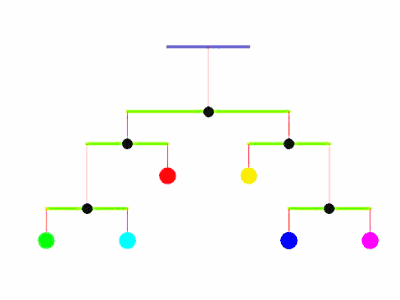Schizophrenia Simulator: When Chemistry Upends Sanity's Balance

The schizophrenia simulator is a well-ordered, fine-tuned labyrinth of data from thousands of studies mathed with differential equations to be highly accurate. But the output to users is simple and playful -- a rainbow-colored mobile that displays the dynamics of the brain chemicals' interplay.
It’s called mental imbalance for a reason. Sanity hangs, in part, in the gentle balance of chemicals strung together within regions of the brain in an intricate matrix.
In schizophrenia, the matrix is sharply jarred, debilitating the mind and triggering hallucinations. Now, researchers at the Georgia Institute of Technology have created an interactive model of that matrix to fast-track research and treatment of the tormenting disorder.
Working memory disruptions paralyze the mental coherence of schizophrenia sufferers, yet there is a stark lack of medical treatment for it. Researchers Zhen Qi and Eberhard Voit hope their new, very accurate computational simulator built around this symptom will help change that to curb anquish for many patients.
Learn more about the simulator, which puts this brain dysfunction into a virtual setting.